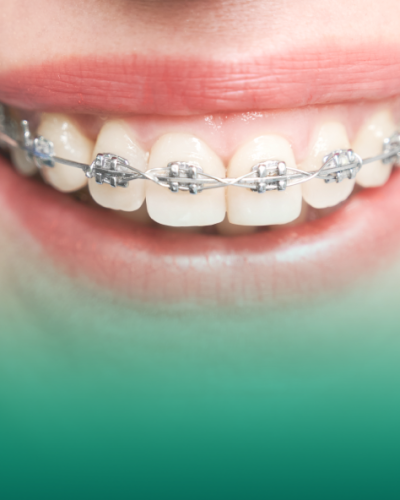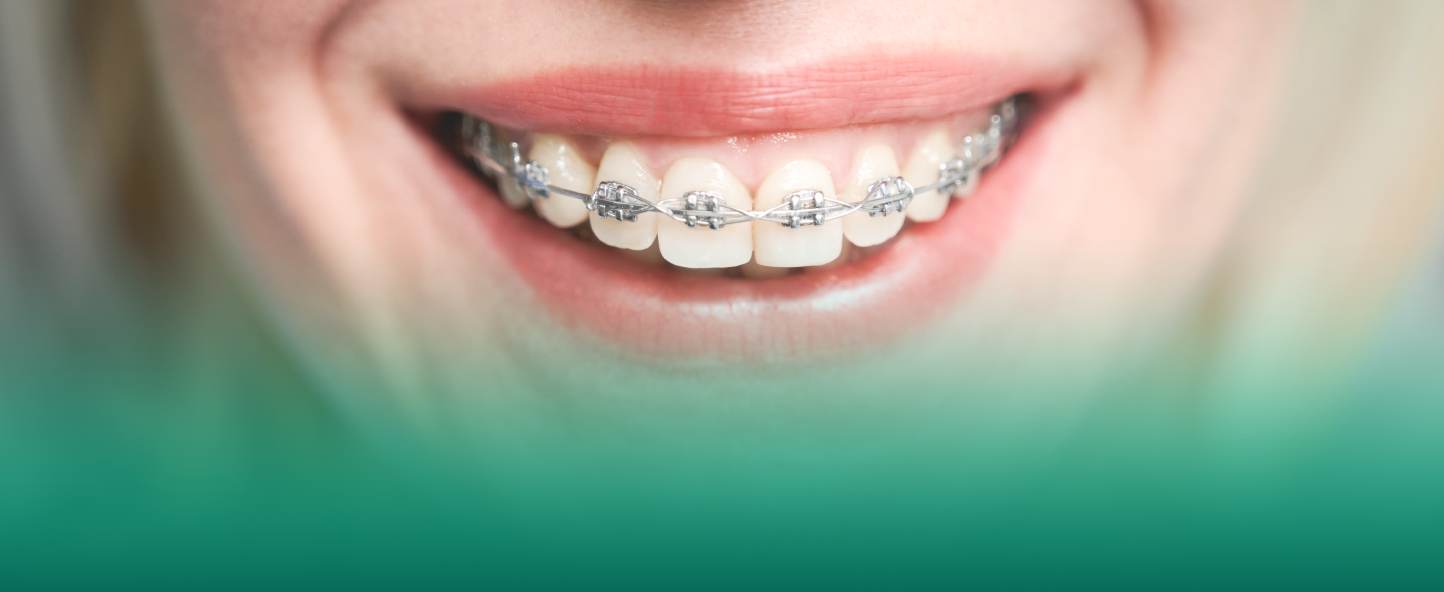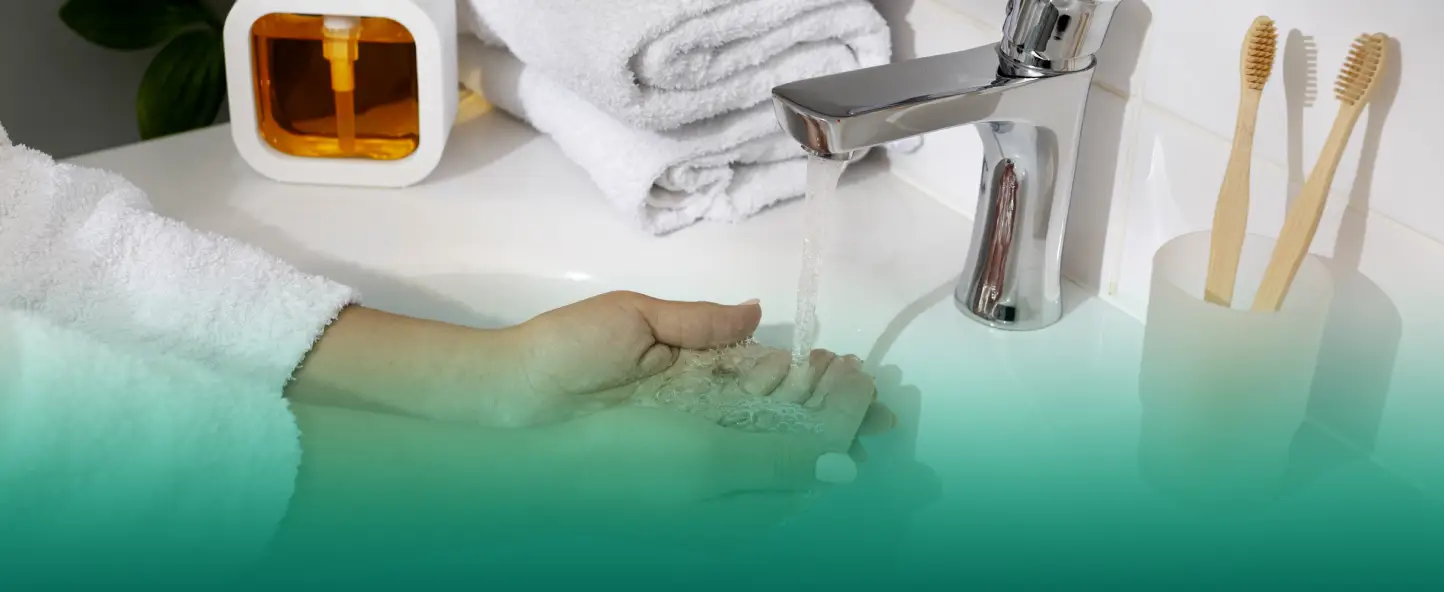Myth: Children’s plates are necessary, but it is better to get braces later
Early orthodontic treatment does not guarantee that a child will not need braces in the future. However, early intervention may be the key to solving some orthodontic problems.
There are several cases when it is recommended to use children’s plates in advance:
- If a baby tooth has been lost prematurely, it is necessary to prevent crowding of teeth and malocclusion.
- In the case of a child with a narrow upper jaw, a plate can help expand the space for teeth to grow. Otherwise, tooth extraction may be required at a later stage.
- If the size of the lower jaw is larger than the upper jaw, it can affect the bite and overall facial structure.
- When the lower jaw is too small and lags behind the upper jaw, it is necessary to stimulate its growth, especially at the age of 11-12 years, to avoid the need for surgical intervention in the future.
Myth: Braces are installed after complete replacement of baby teeth
Braces can be installed even when baby teeth have not yet been replaced by permanent ones. For example, if a child does not have enough space for all of the permanent teeth to emerge, braces may be placed on several front and back teeth, using springs to expand them.
Installing braces on newly erupted permanent teeth is safe and will not damage the roots of the teeth, but requires more careful dental care.
Braces can also be installed before the teeth are completely replaced to stimulate growth of the lower jaw to avoid the need for surgery in the future.
Myth: Once your braces are removed, your teeth will become uneven again
Orthodontic treatment is a long-term process that continues after the braces are removed. To ensure long-term results, it is important to follow several recommendations.
Firstly, it is necessary to complete the treatment and achieve a final correction of the bite. Often patients stop following the orthodontist’s recommendations as soon as their teeth become straighter. However, this may result in losing the progress made. The orthodontist often warns that the patient still has a year of treatment ahead of him, even if it already seems to him that everything has been achieved.
Secondly, it is important to wear retainers. Orthodontists usually recommend wearing permanent retainers after your braces are removed. This helps maintain the results of the treatment and prevent the teeth from returning to their original position. Retainers must be worn for a long time, sometimes even permanently, to maintain ideal teeth alignment.
Myth: Wearing braces is uncomfortable and ugly
Despite widespread opinions about the inconvenience and unsightly appearance of braces, modern orthodontic technologies offer various options for braces that can be more comfortable and aesthetically pleasing. For example, clear braces, aligners or lingual braces, which are placed on the inside of the teeth. These options allow patients to correct their bite without significantly affecting their appearance.
In addition, wearing braces is usually accompanied by an individual treatment plan and regular visits to the orthodontist, which allows you to effectively correct your bite and ensure a good result in the end. Therefore, patients can experience the benefits of braces in terms of improved dental health and bite, which outweighs the temporary inconvenience and dissatisfaction with their appearance.






